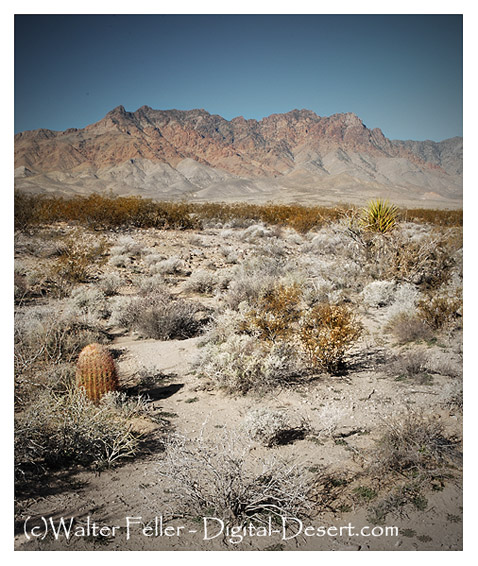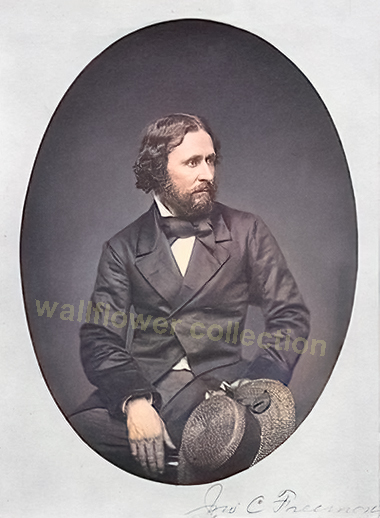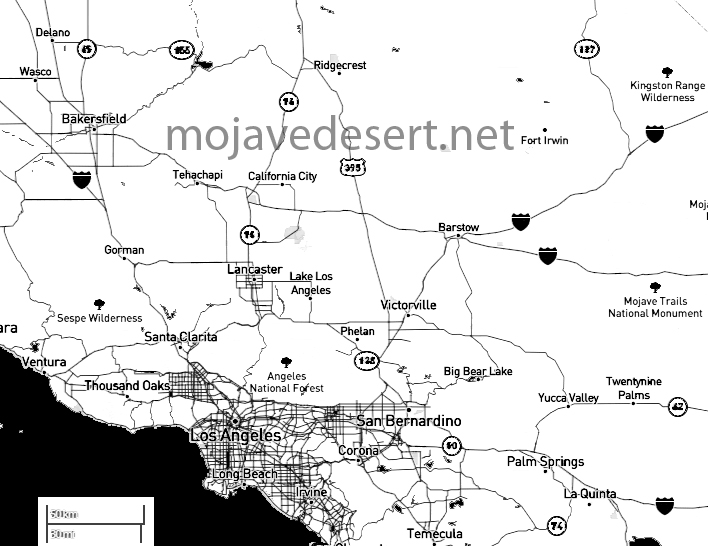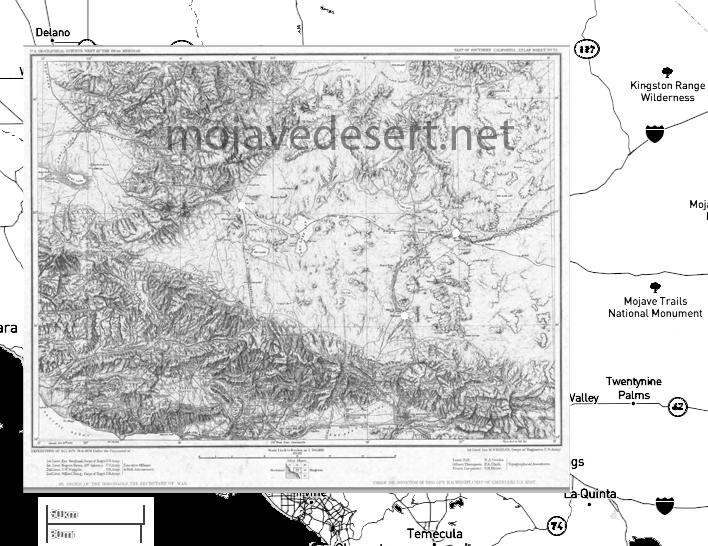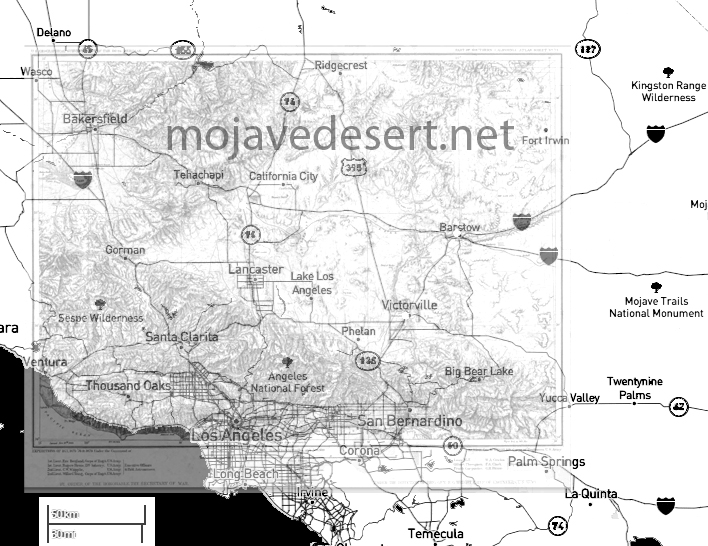The transition from footpaths to mule trails marks an important phase in the evolution of human transportation networks, reflecting changes in societal needs, technological advancements, and the domestication of animals for labor and transport. This transition is characterized by the adaptation and enhancement of existing paths to accommodate animal pack trains, primarily mules, which could carry heavier loads than humans and travel longer distances more efficiently. Here’s an overview of this transformation:
Footpaths
- Initial Use: Footpaths were primarily pedestrian pathways that connected early human settlements, water sources, hunting grounds, and other essential locations. They were narrow, following the natural contours of the landscape, and were often the result of many years of foot traffic compacting the soil.
- Characteristics: These paths were generally suitable only for walking or for pack animals that could navigate narrow, uneven terrains, such as goats or small horses. The paths were maintained minimally by the communities they served, cleared of obstacles but not significantly modified or paved.
Transition to Mule Trails
- Domestication and Use of Mules: The domestication of mules (a hybrid of a male donkey and a female horse) played a pivotal role in this transition. Mules combine the strength, endurance, and surefootedness of their parents, making them particularly suited for carrying loads over difficult terrains. Their ability to carry significant weight and traverse challenging paths made them invaluable for expanding trade and transportation.
- Modification of Footpaths: To accommodate mules and their loads, footpaths had to be widened and sometimes reinforced. This meant clearing more vegetation, smoothing out steep or irregular sections, and sometimes reinforcing the path with stones or wood to make it more durable and less prone to erosion.
- Infrastructure Development: Along these mule trails, infrastructure such as rest stops, water points, and in some cases, stabling facilities began to appear. These developments were especially common on routes that became major trade or pilgrimage paths, reflecting the increased traffic and the need for services catering to both the animals and their handlers.
Impact of the Transition
- Economic and Social Expansion: The transformation of footpaths into mule trails facilitated trade and communication between distant regions. Mule trains could carry goods such as minerals, agricultural products, and manufactured items across mountains, deserts, and other challenging terrains, linking remote areas with major trade centers.
- Cultural Exchange: As mule trails increased access to previously isolated regions, they also became conduits for cultural exchange, spreading ideas, religions, languages, and technologies.
- Environmental and Landscape Changes: The expansion of mule trails had environmental impacts, including changes in landscape to accommodate these paths and the associated infrastructure. In some regions, this led to deforestation, soil erosion, and habitat disruption.
Conclusion
The transition from footpaths to mule trails illustrates a significant development in human mobility and economic activity, enabled by the domestication of animals and improvements in transportation infrastructure. This evolution from simple pedestrian paths to more complex transportation networks facilitated not only the exchange of goods but also ideas and cultures, playing a crucial role in the development of human societies. The legacy of these mule trails can still be seen today in some of the ancient trade routes and paths that have been preserved or adapted for modern use.
